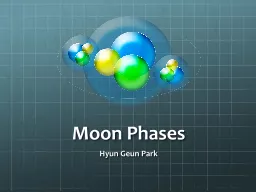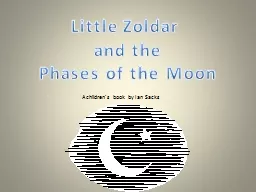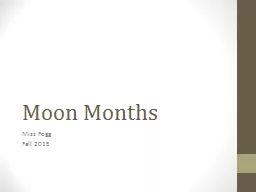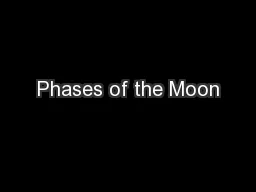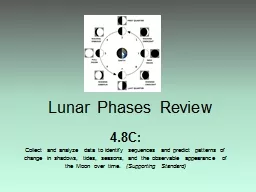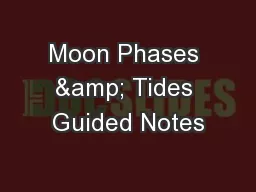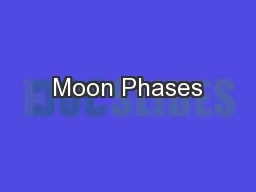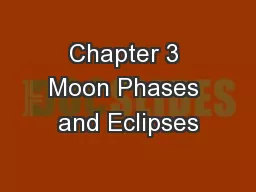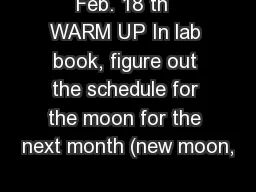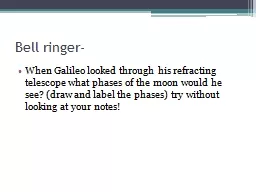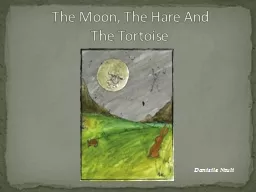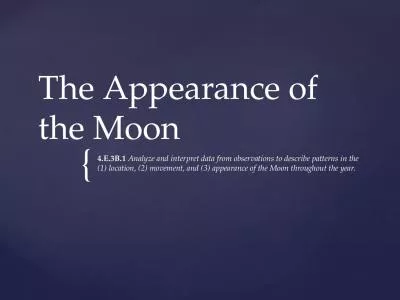PPT-*Moon Phases Notes *Vocabulary
Author : calandra-battersby | Published Date : 2018-02-08
Phase the change in the sunlit area of one celestial body as seen from another celestial body Waxing appears to get bigger Waning appears to get smaller Crescent
Presentation Embed Code
Download Presentation
Download Presentation The PPT/PDF document "*Moon Phases Notes *Vocabulary" is the property of its rightful owner. Permission is granted to download and print the materials on this website for personal, non-commercial use only, and to display it on your personal computer provided you do not modify the materials and that you retain all copyright notices contained in the materials. By downloading content from our website, you accept the terms of this agreement.
*Moon Phases Notes *Vocabulary: Transcript
Download Rules Of Document
"*Moon Phases Notes *Vocabulary"The content belongs to its owner. You may download and print it for personal use, without modification, and keep all copyright notices. By downloading, you agree to these terms.
Related Documents


